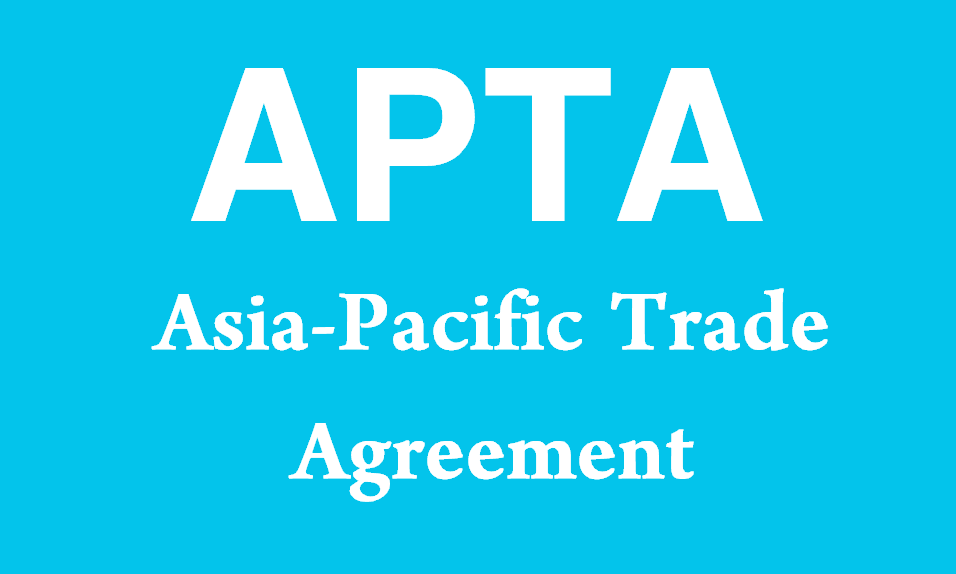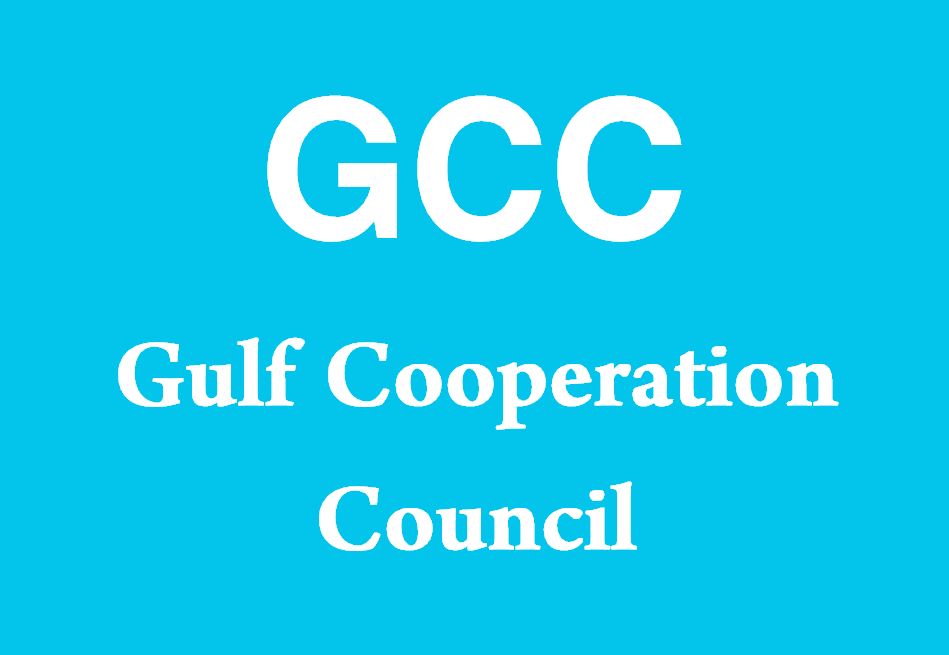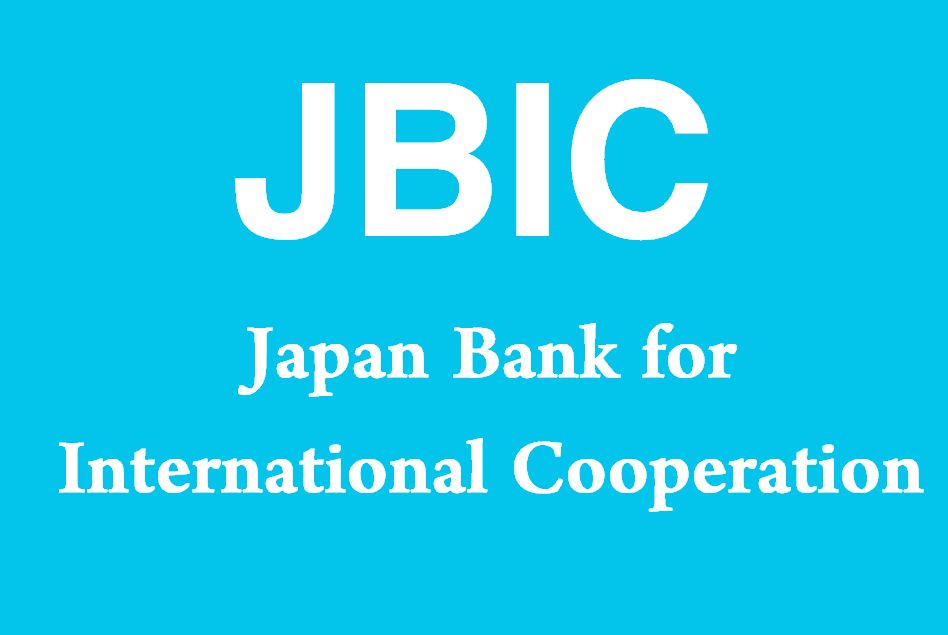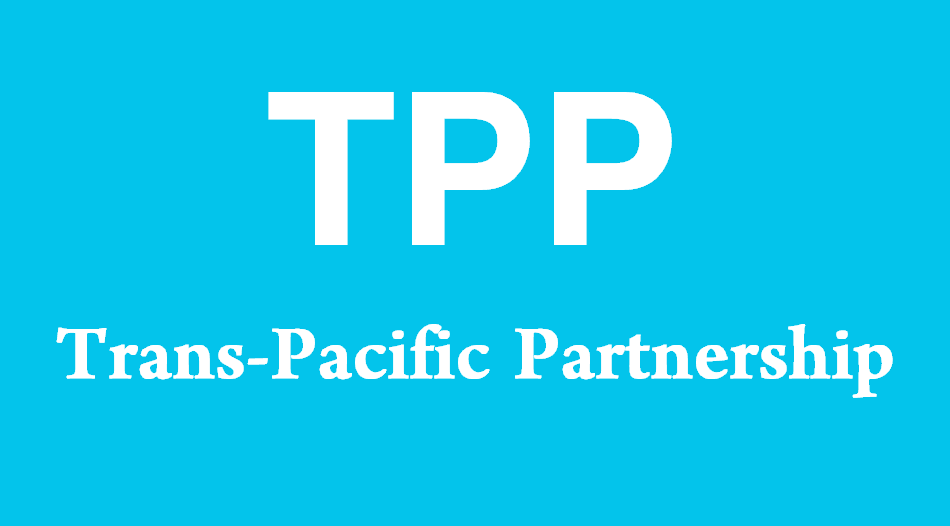What Does APEC Stand For?
APEC stands for Asia-Pacific Economic Cooperation. It represents a regional economic forum comprising 21 member economies from the Asia-Pacific region. APEC facilitates economic cooperation, trade liberalization, and sustainable development among its member economies through dialogue, policy coordination, and collaborative initiatives.

Comprehensive Explanation of Asia-Pacific Economic Cooperation
Introduction to APEC
Asia-Pacific Economic Cooperation (APEC) is a regional intergovernmental forum established in 1989 to promote economic cooperation and integration among its member economies in the Asia-Pacific region. APEC serves as a platform for fostering dialogue, collaboration, and mutual understanding among its diverse member economies, which collectively account for approximately 60% of global GDP and half of world trade. Through its cooperative efforts, APEC aims to achieve sustainable economic growth, prosperity, and development across the Asia-Pacific region.
Objectives and Principles of APEC
The primary objectives of APEC are:
- Trade Liberalization: APEC seeks to promote free and open trade by reducing barriers to trade and investment, facilitating the flow of goods, services, and capital among member economies.
- Economic Integration: APEC aims to enhance economic integration and connectivity in the Asia-Pacific region through regional economic cooperation and integration initiatives.
- Sustainable Development: APEC promotes sustainable development by addressing economic, social, and environmental challenges and fostering inclusive and equitable growth.
- Capacity Building: APEC supports capacity building and technical cooperation among member economies to enhance their competitiveness, productivity, and resilience to economic challenges.
- Policy Coordination: APEC facilitates policy coordination and dialogue among member economies to address shared economic goals and challenges, promote policy coherence, and foster macroeconomic stability.
- Inclusive Growth: APEC promotes inclusive growth by ensuring that the benefits of economic cooperation and integration are shared equitably among all segments of society, including women, youth, and marginalized communities.
- Regional Connectivity: APEC promotes regional connectivity and infrastructure development to facilitate trade, investment, and economic integration in the Asia-Pacific region.
Institutional Structure of APEC
APEC operates on a consensus-based decision-making process and has a flexible institutional structure composed of various committees, working groups, and sub-fora. The APEC Secretariat, based in Singapore, provides administrative support and coordination for APEC’s activities and initiatives. APEC’s institutional framework includes:
- Leadership: APEC is led by its member economies’ leaders, who meet annually at the APEC Economic Leaders’ Meeting to discuss key economic issues, set policy directions, and provide guidance for APEC’s work.
- Ministerial Meetings: APEC ministers responsible for trade, finance, and other relevant sectors meet regularly to discuss policy priorities, review progress, and provide policy guidance to advance APEC’s objectives.
- Working Groups and Committees: APEC operates through various working groups and committees focusing on specific areas such as trade, investment, economic policy, sustainable development, and capacity building. These groups conduct research, develop initiatives, and implement projects to promote APEC’s goals.
- Senior Officials Meetings: Senior officials from member economies meet regularly to coordinate APEC’s work, prepare for ministerial and leaders’ meetings, and oversee the implementation of APEC initiatives.
- Business Advisory Council (ABAC): ABAC is composed of business leaders from APEC member economies who provide recommendations and advice to APEC leaders and ministers on key economic issues, priorities, and policies from the private sector perspective.
Key Initiatives and Areas of Focus
APEC’s work covers a wide range of economic and policy areas, including:
- Trade and Investment Liberalization: APEC promotes trade and investment liberalization through initiatives such as the Bogor Goals, which aim for free and open trade and investment in the Asia-Pacific region by 2020 for developed economies and 2025 for developing economies.
- Regional Economic Integration: APEC facilitates regional economic integration through initiatives such as the Free Trade Area of the Asia-Pacific (FTAAP), which aims to create a region-wide free trade area covering APEC member economies.
- Customs and Trade Facilitation: APEC promotes customs and trade facilitation measures to streamline border procedures, reduce trade costs, and enhance supply chain efficiency through initiatives such as the APEC Trade Facilitation Action Plan.
- Sustainable Development: APEC addresses sustainable development challenges by promoting sustainable and inclusive growth, environmental protection, energy efficiency, and climate resilience through initiatives such as the APEC Environmental Goods and Services Initiative.
- Digital Economy and Innovation: APEC promotes digital economy and innovation by fostering collaboration on e-commerce, digital trade, data privacy, cybersecurity, and digital skills development through initiatives such as the APEC Cross-Border Privacy Rules (CBPR) System.
- Human Capital Development: APEC supports human capital development by promoting education, skills training, workforce development, and entrepreneurship to enhance economic productivity, innovation, and competitiveness.
- Infrastructure Development: APEC promotes infrastructure development and connectivity by facilitating investment in transportation, telecommunications, energy, and other critical infrastructure sectors to enhance regional connectivity and economic integration.
Achievements and Challenges
Since its establishment, APEC has achieved significant progress in promoting economic cooperation and integration in the Asia-Pacific region. APEC member economies have made substantial commitments to trade liberalization, investment facilitation, and economic reform, contributing to regional economic growth and prosperity. However, APEC also faces challenges, including divergent economic interests, geopolitical tensions, and the need to balance economic integration with social and environmental considerations.
Notes to Importers
Importers engaging in trade within the Asia-Pacific region should consider the following notes related to APEC:
- Market Access Opportunities: APEC member economies represent diverse markets with varying levels of economic development, regulatory frameworks, and consumer preferences. Explore market access opportunities within APEC economies based on your products or services and identify potential trade partners and business opportunities.
- Tariff Reductions and Trade Facilitation: Take advantage of APEC’s initiatives on tariff reductions and trade facilitation to streamline customs procedures, reduce trade costs, and enhance market access for your goods. Stay informed about APEC’s trade facilitation initiatives, agreements, and mechanisms to leverage preferential trade benefits.
- Business Networking and Collaboration: Participate in APEC-related events, business forums, and networking opportunities to connect with potential business partners, industry stakeholders, and government officials from APEC member economies. Build relationships, exchange market insights, and explore collaboration opportunities to expand your business presence in the region.
- Compliance with Regulatory Requirements: Ensure compliance with regulatory requirements, standards, and regulations applicable to your products or services in APEC member economies. Familiarize yourself with relevant trade regulations, customs procedures, labeling requirements, and product standards to facilitate market entry and avoid compliance-related issues.
- Stay Informed About Policy Developments: Stay informed about APEC’s policy developments, initiatives, and priorities related to trade, investment, and economic cooperation. Monitor APEC’s work on trade liberalization, economic reform, and regional integration to assess potential implications for your business and adapt your strategies accordingly.
- Engage with Industry Associations: Engage with industry associations, trade promotion organizations, and business chambers in APEC member economies to access market intelligence, business support services, and advocacy efforts. Collaborate with industry peers to address common challenges, promote trade facilitation, and advocate for favorable business environments.
- Utilize APEC Resources and Tools: Take advantage of APEC’s resources, tools, and capacity-building programs for businesses, such as market research reports, trade databases, and training workshops. Access APEC’s online platforms, publications, and information portals to enhance your understanding of regional markets, trade dynamics, and business opportunities.
Sample Sentences and Their Meanings
- The company expanded its exports to APEC economies to capitalize on market opportunities and leverage trade facilitation measures: In this sentence, “APEC” refers to Asia-Pacific Economic Cooperation, indicating that the company increased its exports to APEC member economies to benefit from market opportunities and trade facilitation initiatives.
- The importer attended an APEC business forum to network with industry leaders and explore collaboration opportunities in the Asia-Pacific region: Here, “APEC” signifies Asia-Pacific Economic Cooperation, highlighting the importer’s participation in a business forum organized by APEC to connect with industry leaders and seek collaboration opportunities in the region.
- The government implemented APEC-recommended trade facilitation measures to streamline customs procedures and reduce trade costs: In this context, “APEC” denotes Asia-Pacific Economic Cooperation, indicating that the government adopted trade facilitation measures recommended by APEC to improve customs procedures and lower trade barriers, enhancing efficiency and competitiveness.
- The company’s exports to APEC economies grew significantly, driven by increased demand for its products and APEC’s trade liberalization initiatives: This sentence demonstrates the use of “APEC” as an abbreviation for Asia-Pacific Economic Cooperation, referring to the company’s export growth to APEC member economies resulting from rising demand and APEC’s efforts to promote trade liberalization.
- The importer collaborated with APEC member economies to develop a regional supply chain strategy and enhance logistics efficiency: Here, “APEC” refers to Asia-Pacific Economic Cooperation, indicating that the importer worked with APEC member economies to formulate a regional supply chain strategy aimed at improving logistics efficiency and optimizing supply chain operations.
Other Meanings of APEC
| Acronym Expansion | Meaning |
|---|---|
| Association of Polar Early Career Scientists | A professional organization representing early career scientists and researchers studying polar regions, promoting interdisciplinary research, networking, and career development opportunities in polar science and environmental conservation. |
| Asia Pacific Electric Co., Ltd. | A fictitious company name used for illustrative purposes in business scenarios, case studies, or financial simulations involving corporate entities operating in the Asia-Pacific region, representing a generic electric utility company serving regional markets. |
| Australian Partnership for Energy Conservation | A collaborative initiative among government agencies, industry stakeholders, and energy providers in Australia aimed at promoting energy conservation, efficiency, and sustainability through policy advocacy, technology adoption, and public awareness campaigns. |
| Atlantic Provinces Economic Council | A regional economic research organization based in Atlantic Canada, conducting analysis, policy research, and economic forecasting to support informed decision-making, advocacy, and economic development initiatives in the Atlantic provinces. |
| Antarctic Program Executive Committee | A governing body overseeing the planning, coordination, and implementation of scientific research programs, logistical operations, and environmental management activities in Antarctica, comprising representatives from national Antarctic programs and research institutions. |
| Australasian Pig Education Committee | A committee or educational organization dedicated to promoting knowledge exchange, training, and professional development in pig farming, husbandry practices, and swine health management among pig producers, veterinarians, and industry professionals in Australasia. |
| Air Pollution External Costs | The external costs associated with air pollution, including environmental damages, health impacts, and economic losses caused by emissions of pollutants such as particulate matter, sulfur dioxide, nitrogen oxides, and volatile organic compounds from industrial, transportation, and energy sectors. |
| Australian Property Exchange | A digital platform or marketplace facilitating the exchange, listing, and trading of real estate properties in Australia, providing property listings, market data, and transaction services for buyers, sellers, agents, and investors in the Australian property market. |
| Alaska Power & Telephone Company | A utility company providing electricity, telecommunications, and energy services to communities and residents in Alaska, operating power generation facilities, transmission networks, and telecommunications infrastructure in remote and rural areas of the state. |
| African Petroleum Producers Organization | An intergovernmental organization representing African countries with significant oil and gas reserves and production, promoting cooperation, investment, and development in the petroleum sector through policy dialogue, capacity building, and joint initiatives among member countries. |






